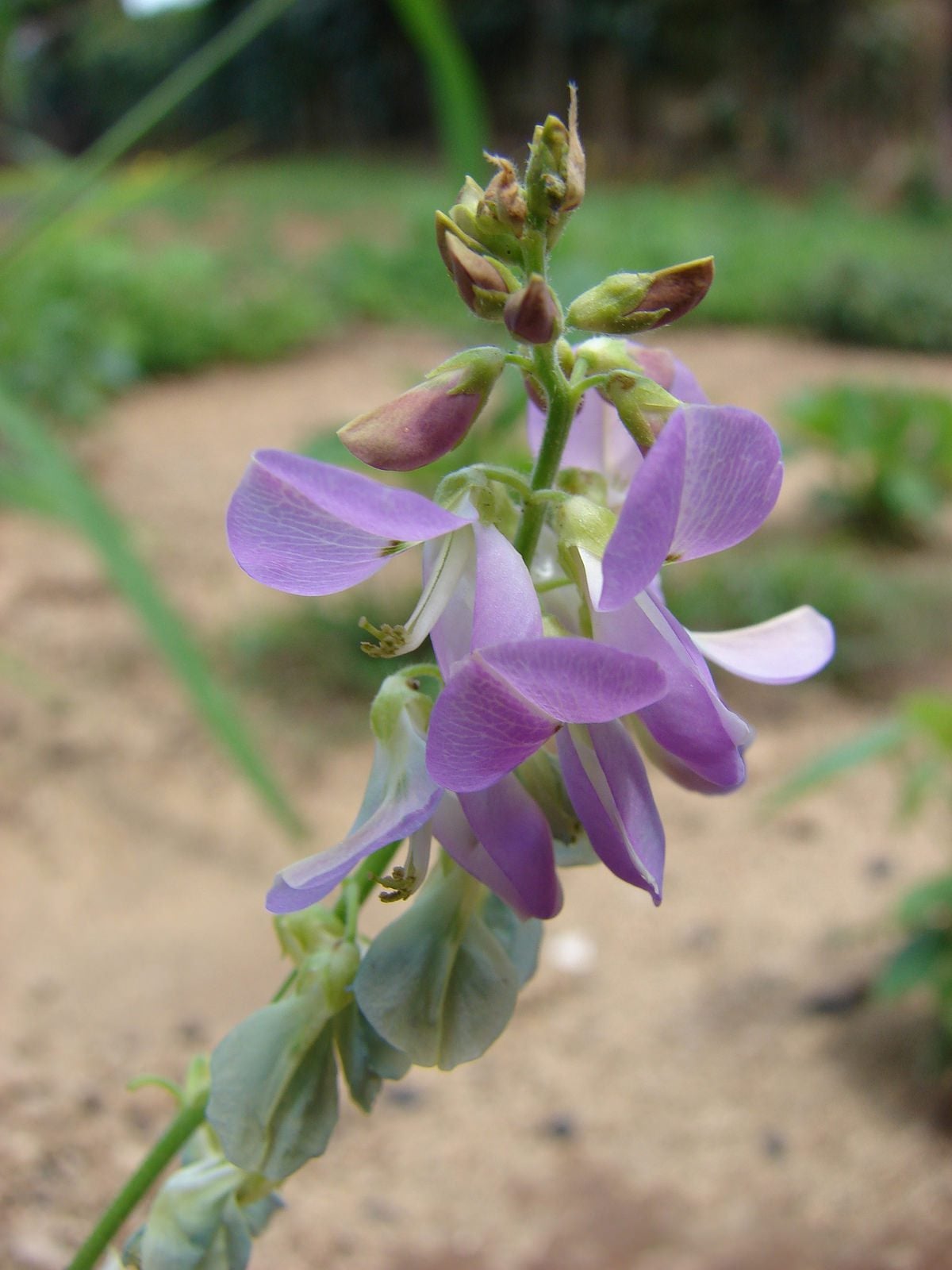What Are Desmodium Plants – How To Grow A Desmodium Plant


Desmodium varieties belong to a genus of plant species that numbers in the hundreds. Common names include tick clover, beggar lice, and trick trefoil. These plants are legumes and can be used in farming, but they also make nice garden plants and provide habitat and food for wildlife. Read on for desmodium information to get you started growing this plant in your beds.
What are Desmodium Plants?
Desmodium is an herby perennial. Some varieties grow tall, up to 2 to 4 feet (61 cm. to 1 m.), but they tend to grow more like a trailing groundcover. They will climb if given the right support. Desmodium varieties are legumes, so they fix nitrogen in the soil, and this has made them a popular choice as an intercrop, especially with corn where they prevent the growth of weeds. These plants can also be used as a nutritious forage plant for livestock. For the home gardener, these uses for desmodium are not necessarily reasons to choose to plant them. Instead, you may want desmodium plants for an attractive groundcover or climbing vine; that they add nitrogen to the soil is a bonus. Different varieties have some variation in leaf color, and all produce pretty, late-summer flowers in a range of colors. These also make a great addition to the garden because the plants attract pollinators and birds.
How to Grow a Desmodium Plant
Growing desmodium plants is not difficult, as they tolerate a variety of conditions. They can grow in full sun or partial shade. They prefer soil that is moist to dry, so good drainage is a must. That said, these plants tolerate drought well, so water until established and then leave them alone. Fertilizer is also not typically necessary, as these plants grow vigorously. Desmodium is a great plant for a meadow area of your garden, for a trellis, or for attracting native species and pollinators. Give it the right conditions and it will thrive and add more nitrogen to help enrich your soil.
Gardening tips, videos, info and more delivered right to your inbox!
Sign up for the Gardening Know How newsletter today and receive a free copy of our e-book "How to Grow Delicious Tomatoes".

Mary Ellen Ellis has been gardening for over 20 years. With degrees in Chemistry and Biology, Mary Ellen's specialties are flowers, native plants, and herbs.
-
 How To Make A Bouquet Garni Or Herb Bundle For Cooking
How To Make A Bouquet Garni Or Herb Bundle For CookingIf you’re a great cook, you may have made an herb bundle before. If this is a new idea, learn how to add sparkle and interest to your dish with a bouquet garni.
By Amy Grant
-
 ‘Coral Charm’ Peony Care For Sublime Semi-Double Peonies With Lush Salmon Pink Flowers
‘Coral Charm’ Peony Care For Sublime Semi-Double Peonies With Lush Salmon Pink FlowersPeonies are known for their soft baby pink or magenta tones, but if plushy coral blooms are your thing, here’s our guide to the ultimate ‘Coral Charm’ peony care
By Tonya Barnett